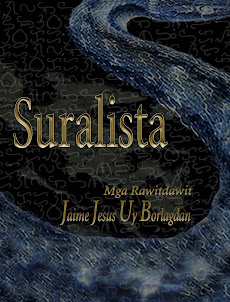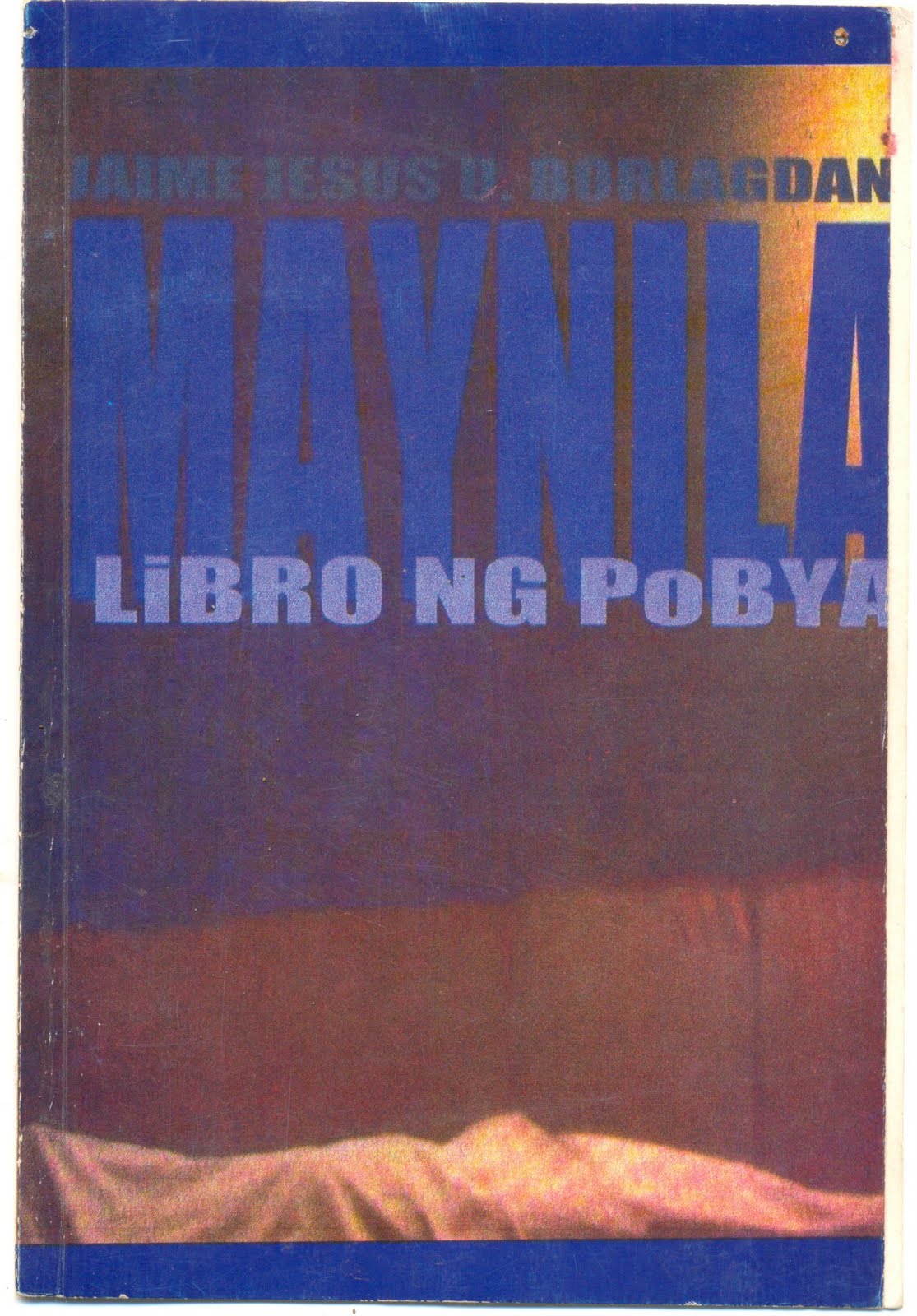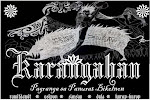An Dalan
Hunaon ta an hurop-hurop
Hihidalion niya an paghali sa pinangyarihan, kun hain an saiya nagpahali; muya niyang masampot tulos an sarong sirungan.
Mala sa gubot na dai niya masabutan sa laog, muya niyang masampot tulos an madali masabot.
An hurop-hurop
Sa pandong
Pigtatais an saiyang lambang lakad
Dawa anong dali-dali, halaba ining banggi arog
An muyang lingawan lalo an linaw sa piyong, sa diklom dulo an libong, dulo an pagtalibong sa puon.
The Way of the Rejected
Let us approximate the thoughts of the rejected, as he carries himself home.
Quickly, he will leave the place where it happened, the place where the one who left is in; he wants to arrive at a shelter immediately.
Because inside is a tangle he cannot undo, he likes to quickly reach something easy to know.
Let us approximate the thoughts of the rejected, while in the dark path he feels for the way. In his every step stones and grass combine, but all he can taste is sharpness, all he remembers are thorns.
Under the canopy of night lights, he veils the brilliance of the gem that is forming in his eyes.
His every step is grounded by the blade of broken pebbles; he traces in the concrete cracks the shards within him.
No matter how he hastens, the night is long like meeting one who will not arrive. What is brought to a stop hurriedly will not end, the sting of injuries will ache more while suffered.
The clarity of what is to be forgotten intensifies in the closing of eyes, perplexity increases in the darkness, one circles around the beginning even more.
Photo: UP Diliman Campus in B&W by Glenn Michael Tan








